Debt Investment
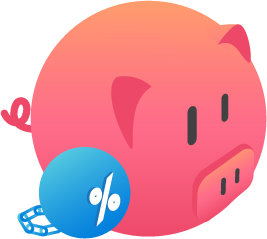 Accelerated Debt Repayment Calculator
Accelerated Debt Repayment CalculatorThis calculator helps people get out of debt by showing how small additional payments can help extinguish debt quickly. The two most popular debt repayment plans are the debt snowball & debt avalanche methods.
Most people prefer to use the snowball method because they get quick wins and can quickly see the progress as some of their smaller debts are extinguished. Either method is effective provided you make a committment to stick to it.
When entering debt payments be sure to enter only the principal & interest portion of the payment. Below the calculator you can generate a printable amortization schedule or a printable loan payoff summary.
Authored by Jose Abuyuan on December 9, 2019
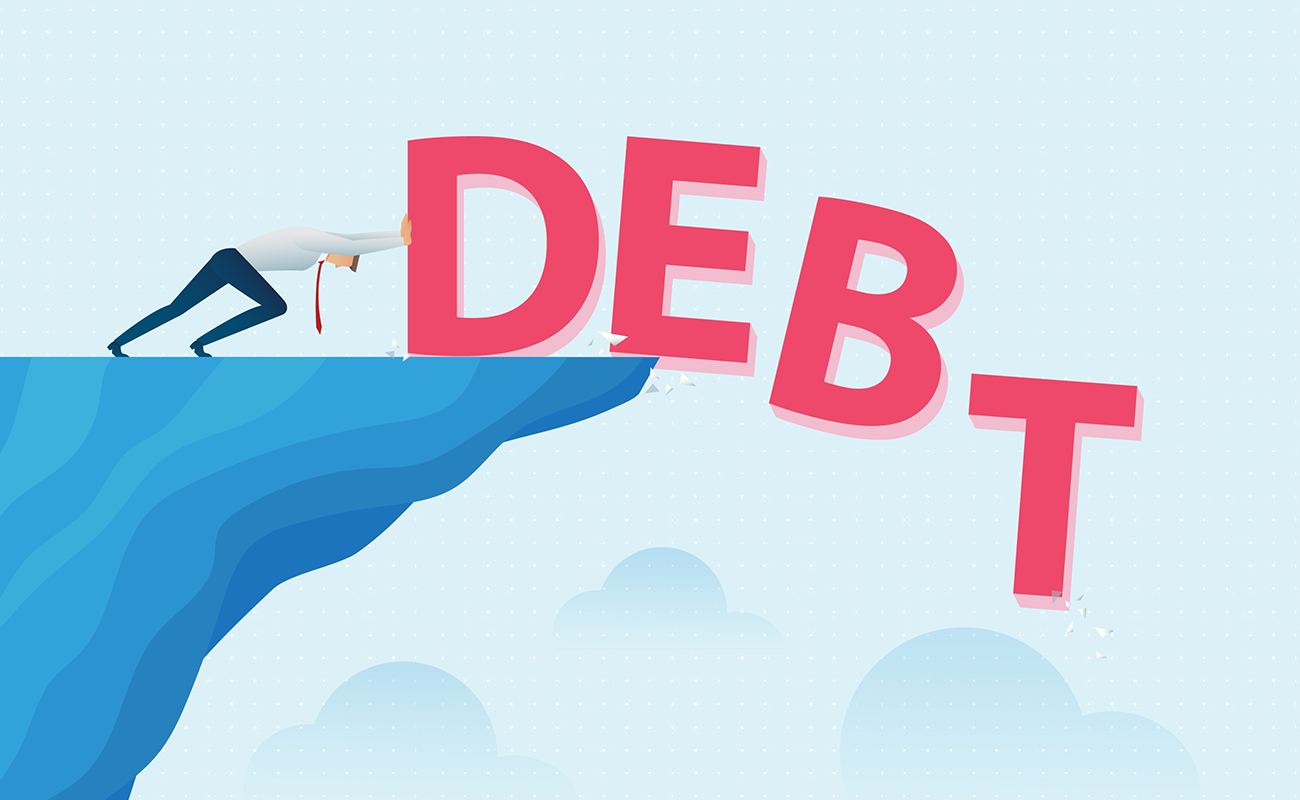
Choosing a debt management strategy can be very confusing. Some of the advice you hear from friends and family may seem to contradict. Some people might swear by debt consolidation. Others may think that severe austerity measures are the key. Even if they make sense, you might not be sure which strategy can work well with your current money habits.
Financial experts agree on one debt management strategy that has worked with consistency. Studies have shown that paying off debts one at a time is the easiest and fastest way to get out of excessive debt. How you should choose your focus debt is a matter of debate. There is no one answer that works for everyone. Analyze your own situation and choose the method that works for you.
Focus debt strategies involve choosing one debt to receive more than the minimum monthly payments. You begin by arranging debts from biggest to smallest. You can select the focus debt based on its size or on its rate of interest. Which term you choose to arrange the debts determines the approach you would take.
Once you choose your focus debt, you must use your extra money to pay it down. Repeat this process with the next debt in line until you have cleared them all.
This strategy can also save you a lot on interest payments if you pay the focus debts fast enough. Debts generate interest over time. The longer the period, the higher the interest payments. Longer payment terms might yield lower monthly payments now, but they will cost you more in the long run.
Choosing a focus debt is an efficient way to use your excess or windfall cash to pay down debt obligations. Distributing extra cash over many debts has a negligible effect on repayment time. Meanwhile, focusing on one debt shortens the amount of time you need to pay it back. And once that's done, you free more of your budget to settle the next one. Each focus debt is paid faster than its predecessor.
Working on one debt at a time also eases some of the pressure of managing your debts. You feel less overwhelmed by your debt volume because your attention is on the focus. You also build your confidence. Each debt paid becomes motivation to settle the next one.
These methods do have their drawbacks. Paying only the minimum on the other debts can lengthen their lifespan if you don't pay them off fast enough. This can increase the amount of interest you need to pay over the course of the debt's lifetime. You may also need to work twice as hard on a tight budget to gain the excess cash for the focus debt.
Focusing on debt settlement causes you to miss out on investing opportunities. Indeed, you may liquidate investments and savings to settle debts quickly. Once you're clear of debt, however, the money you once had to pay creditors is now yours to keep and invest.
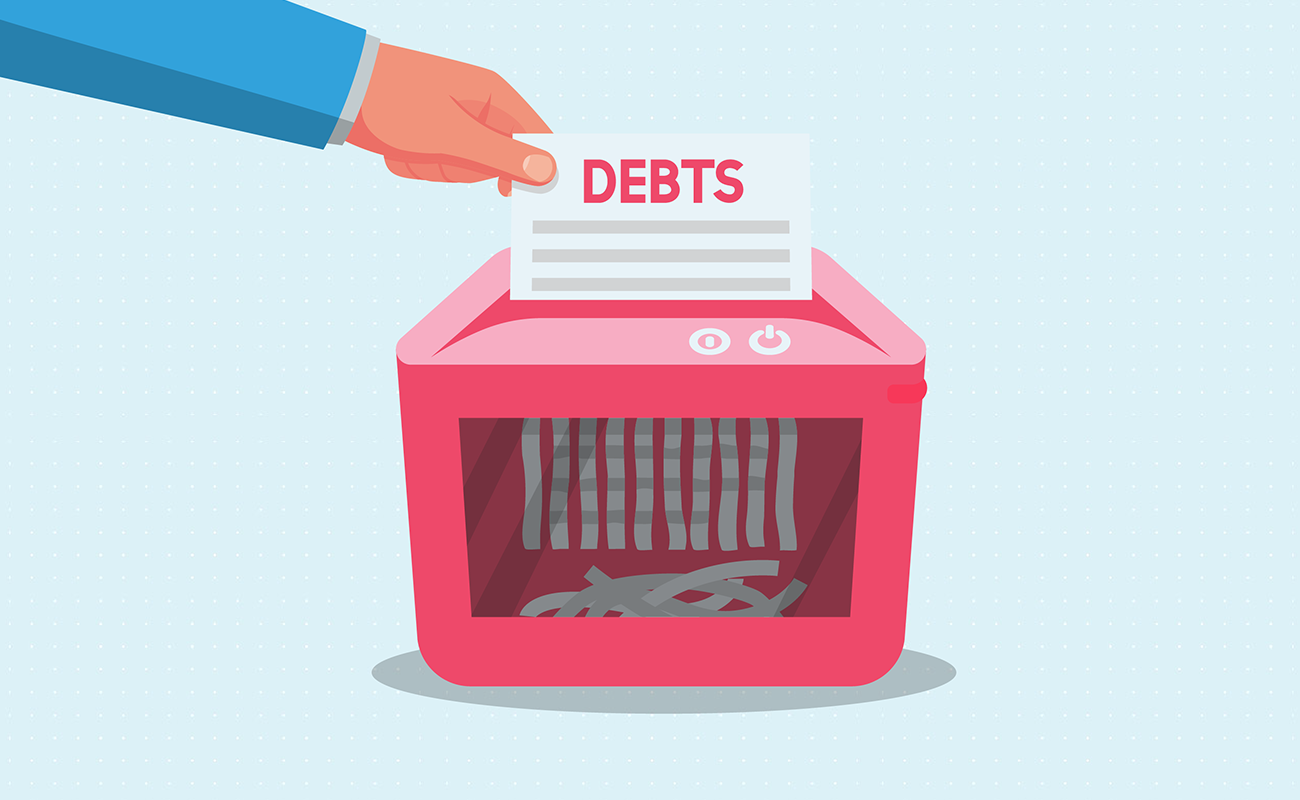
There are two main approaches toward paying off focus debts. Debt avalanches pay the bill with the largest interest rate and work downwards. Debt snowballs, meanwhile, cut the smallest debt and work upward.
The bottom-up approach of the debt snowball method is among the most popular ways of getting out of debt. It is the faster of the two focus debt methods. Clearing the smallest debts can be done within a matter of months. Depending on your financial situation, you pay off more debt in less time.
This speed has the added effect of working as positive reinforcement. The method is a great confidence booster since you wouldn't need to wait long to meet your first milestone. Proponents of the debt snowball method include financial writers like J.D. Roth, who cleared his own financial slate this way. Popularized by Dave Ramsey, this method remains the most recommended debt reduction strategy today.
The snowball method does have its challenges. Your largest debts might also have punitive interest rates. Paying only the minimum would allow your interest payments to accrue. Debt snowballs may even slow down as you begin to pay the last and biggest debts.
The debt avalanche method is the slow and steady route. The priority of repayment goes to the debts with the highest rates. This works well toward saving you money on interest payments. From a pure monetary standpoint, it is the most efficient means of repayment. You can save thousands of dollars by prioritizing higher-interest debts like credit cards.
How effective this can be in practice can vary. If your highest-rated debts are not that big, it could be almost as fast as the snowball method. If the debts with the largest rates are also the biggest debts you have, it could take much longer to pay off. This method will test your patience as you make your way to your first milestone.

Debt avalanches can only work with consistency. If you get discouraged or miss a payment, you set your debt reduction plans back.
On the surface, the debt avalanche method is the rational choice. You stand to save more money this way. Despite this, the lack of an immediate reward can be discouraging. If you want to stay motivated, the debt snowball may be your best bet.
In practice, the debt snowball method is easier to follow. Humans are not always rational creatures and respond better to rewards. The quick progress of snowballing triggers your reward center. Studies have found that the snowball method works better for this reason. But just because it worked for many people, it doesn't mean it will for you.
In contrast, you might be stuck with debt for some time even if you try the snowball method. When you're playing the long game, the avalanche method might be the better option. Since emotional quick fixes are not an issue in this case, the promise of money saved is a better motivator. Likewise, some debts have such high rates that they can turn toxic fast. The avalanche method can prevent these debts from jeopardizing your finances.

Moreover, if you have a lot of debt, the avalanche method may actually be a much faster way to pay them off. By focusing on debts with higher rates, you prevent them from accruing interest. This can shorten the time to pay them down by several months.
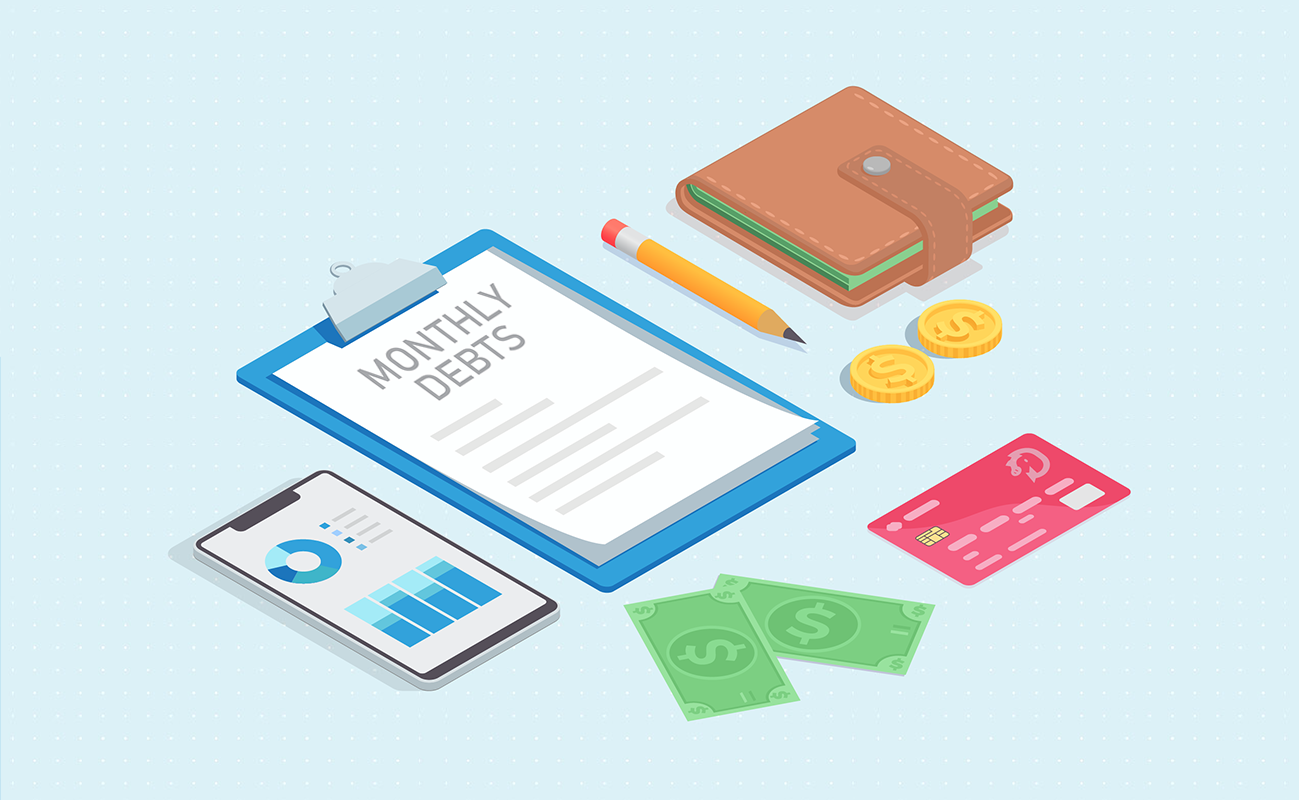
Neither of the two methods is inherently better than the other. Both can get you out of debt, but only if you can stick to them. Moreover, it is possible to split the difference and switch between the two methods as needed. Examine your debt situation and decide what method would work better for you.
The best pay-down strategy for you will depend on a number of factors. The most important of these is the highest interest rates you currently have. Remember, though, that staying motivated is as crucial to success as the amount of money you can save. Debt repayment is a balancing act between the two.
The most important part of choosing a pay-down strategy is the rates of interest. Sometimes, choosing the high road might be better for your financial health. Calculate the amount of money you would owe from each debt if you prolong them. Huge differences in interest rates and amounts can justify a specific strategy.
The amount of money you can save from taking the avalanche method may be enough motivation to stay on track. This is especially true if you have a lot of debt. Quick wins do not matter if almost all your debts come from high-interest credit cards. Likewise, a larger debt takes time to pay off, giving time for the smaller debts to accrue interest. You may save almost as much (if not more) money by paying the smaller debts early on.
You may also focus on debts according to what financial advantage they can give you. You can put off good debts a little longer than usual because of their tax advantages. Meanwhile, consumer debts have no tax benefits; you should pay them off sooner.

Some higher-interest debts have different tax-advantages. A mortgage may offer more tax deductible advantages compared with lower-interest student loans. Adjusting rates are a complicating factor in debt repayment. Paying down a debt with adjustable rates can help you refinance the debt later down the line.
Avoid feeling constrained by one strategy. Do not be afraid to go out of order if it means making a quick win, especially if you need to stay motivated. Mixing and matching can also help you get out of debt faster, depending on how big your debts are.
For instance, you can focus on smaller debts that have higher interest rates. You may also pay the loan with the highest interest first, then tackle the smallest debts next as a quick win.
Snowballing and avalanching aren't the only ways to cut back on your debt obligations. You can incorporate other strategies to help reduce the impact of your other debts.
Sometimes, you just don't have enough money to do either method on a regular basis. Your income may be tighter in some months than others. You do encounter windfall cash on occasion. This can range from generous tax refunds to 20 dollars you find between the cushions of your couch. One of the best ways to use these unexpected bonuses is to use them to pay a focus debt.
This is called the snowflake method. Think of the this as a smaller-scale version of the first two strategies. All three target a specific debt. The main difference is in the amount they pay. Debt snowballs and avalanches pay off a predictable part of the debt. The amount paid by a debt snowflake would vary. The snowflake method is a great way to improve your debt payment strategy when you're in a financial pinch. This also works well when combined with the other two methods.
Much like real snowflakes, they don't have much of an impact on their own. Over time, they can contribute to a noticeable reduction in your focus debt. The key to make the snowball method work is the immediate use of windfall cash for debt payments. Windfall money can disappear into your everyday expenses.
When your debt obligations are large, you can opt to consolidate them. Consolidation folds multiple debts into one, which can be a lot easier to pay. This reduction in the number of debt can lead to lower interest payments. Some of the debts you can consolidate include college loans and credit card bills.
Securing a good consolidation plan can even give you a much lower rate, saving you even more money over time. This can help you if you are managing debt through the snowball method.
Refinancing changes the terms of your original debts by paying off one debt with another. This can give you a much better rate for the same principal. Refinancing is quick and easy to qualify for. Refinancing impacts your credit score in a positive way; the previous loan counts as paid.
This way, you can secure lower rates for many of your larger debts. Refinancing is especially important if you are paying through the snowball method. Thanks to the lower rates, the interest on your larger debts would not pose as much of a problem down the line.
If you had taken an adjustable-rate loan, you can lock in a lower rate through refinancing. Associated with mortgages, refinancing is also available for student loans and auto loans. You can also refinance credit cards through a zero-percent balance transfer credit card.
There's more to debt than money and numbers. The type of debts you incur can cause you stress on a regular basis. Eliminating the debts that take a toll on your emotional and mental well-being is a valid option. When the debts that make you worried are gone, you gain both satisfaction and relief. Although not always the most sound starting option, it can restore your peace of mind.
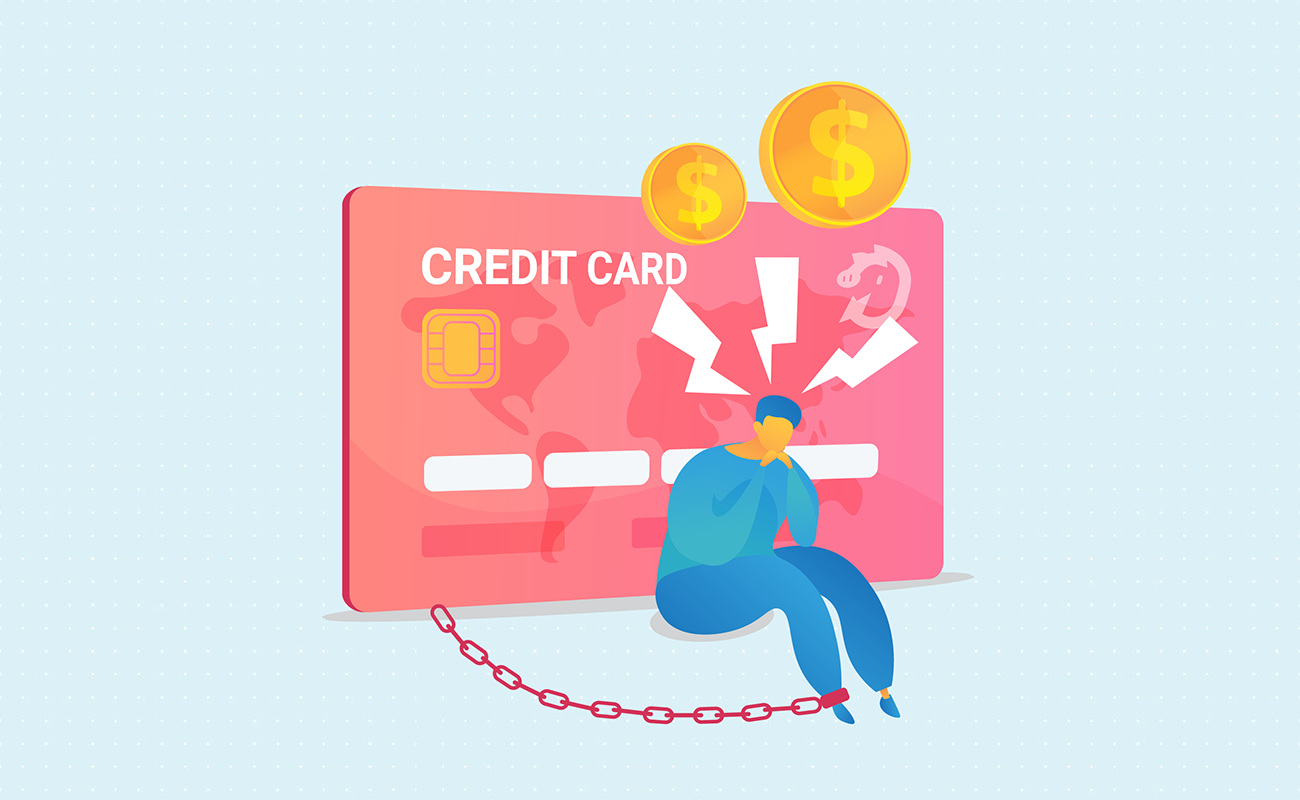
Efficient debt repayment is only part of the equation. You would need to reduce your spending to increase the amount of money that goes into paying your debts. Also consider increasing your income stream. A much larger revenue stream not only helps you clear debt but also keep you out of it.
Direct your extra payments toward the principal, if your creditor allows this option. Paying the principal shortens the lifespan of a debt. Inform your lender that you are directing extra payments toward the principal.
Take every effort to avoid accruing more debt. If you used a zero-balance credit cart to refinance, do not use it for anything else. Likewise, examine every possible way available to reduce your debts or interest. Look for refinancing opportunities and see if you qualify for debt relief programs.
In the meantime, cultivate good financial habits. Once you are debt-free, you can put your extra money to good use.
Jose Abuyuan is a web content writer, fictionist, and digital artist hailing from Las Piñas City. He is a graduate of Communication and Media Studies at San Beda College Alabang, who took his internship in the weekly news magazine the Philippines Graphic. He has authored works professionally for over a decade.